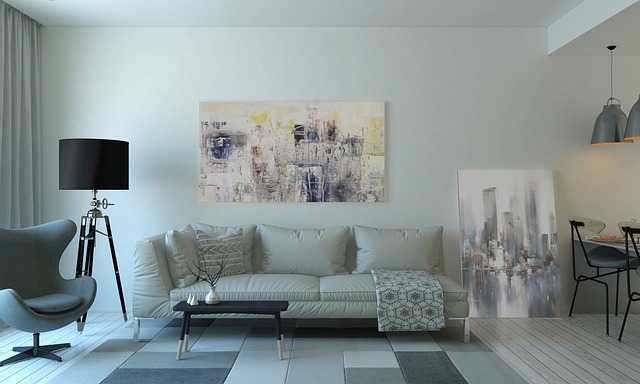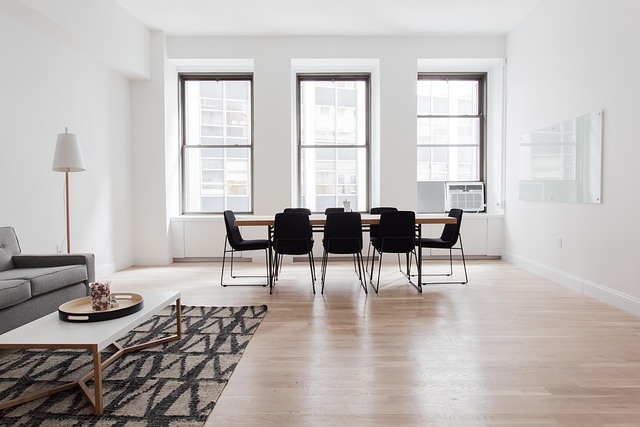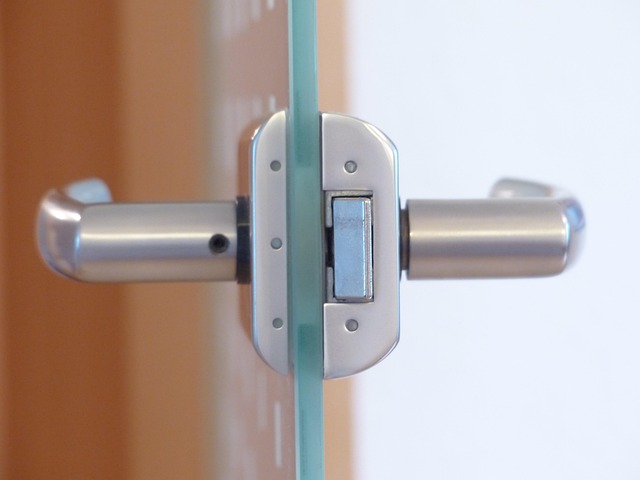Smart home safety for the elderly, focusing on motion-activated lighting integrated with advanced sensors, addresses senior mobility challenges like reduced strength and slower reaction times in low-light conditions. This technology enhances navigation, prevents trip hazards, promotes independence, and offers peace of mind, both for seniors and their caregivers. By automatically illuminating areas upon movement detection, these systems significantly reduce fall and accident risks, particularly at night, thereby improving overall safety within the home environment.
In today’s digital era, smart home solutions like motion-activated lighting are transforming senior living. Understanding the unique mobility challenges faced by seniors is crucial for implementing effective strategies that enhance their daily lives and ensure safety. This article delves into the benefits of motion-activated lighting, explores how to integrate these systems in home environments, and highlights key safety features designed for elderly users. By leveraging smart home technology, we can foster independence and improve overall well-being for our aging population.
- Understanding Senior Mobility Challenges and Smart Home Solutions
- Benefits of Motion-Activated Lighting for Seniors
- Implementing Motion Sensors in the Home Environment
- Safety Features and Considerations for Elderly Users
Understanding Senior Mobility Challenges and Smart Home Solutions

Senior mobility challenges are a growing concern in today’s aging population. As folks age, they may experience reduced strength, balance issues, and slower reaction times, making everyday tasks more difficult. This is particularly evident in low-light conditions where navigating can become treacherous. Motion-activated lighting offers a smart home solution to enhance senior safety.
By integrating smart lighting with advanced sensors, this technology ensures well-lit paths and spaces, eliminating trip hazards and improving overall mobility. Smart home safety for the elderly becomes more accessible and affordable with these innovative solutions. This simple yet effective approach not only provides peace of mind but also empowers seniors to maintain their independence in the comfort of their homes.
Benefits of Motion-Activated Lighting for Seniors

Motion-activated lighting offers a multitude of benefits for seniors, enhancing their safety and independence within the home. As our population ages, ensuring the well-being and mobility of elderly individuals becomes increasingly vital. Smart home technology, such as motion-activated lights, plays a crucial role in this regard. These innovative systems eliminate the need for manual switching, making it easier for seniors to navigate through their living spaces without tripping hazards caused by static lighting.
By automatically illuminating paths and areas when movement is detected, motion-activated lighting reduces the risk of falls and accidents. This feature is particularly beneficial during the night or in low-light conditions, allowing seniors to move around with confidence and ease. Moreover, it contributes to a sense of security and peace of mind for both the elderly individuals and their caregivers by promoting a safer environment and potentially reducing the need for frequent visits or checks.
Implementing Motion Sensors in the Home Environment

Implementing motion sensors in a senior’s home environment is a strategic step towards enhancing their mobility and overall well-being, especially when coupled with smart home safety for elderly solutions. These sensors play a pivotal role in creating a safer and more accessible living space by automatically activating lights when movement is detected. This simple yet powerful technology can significantly improve navigation during nighttime or low-visibility conditions, reducing the risk of falls and accidents.
By integrating motion-activated lighting, senior citizens can move around their homes with increased confidence and ease. The sensors ensure that corridors, staircases, and frequently used areas are well-lit, making it easier for them to locate entrances, exits, and potential hazards. This smart home safety for elderly approach not only promotes independence but also provides peace of mind for both the seniors and their caregivers.
Safety Features and Considerations for Elderly Users

Motion-activated lighting, a component of smart home technology, offers significant advantages for senior mobility and safety. For elderly users, navigating their homes at night can be challenging, increasing fall risks. Smart lighting systems address this by automatically illuminating pathways when movement is detected, providing clear visibility and reducing the potential hazards associated with poor lighting.
When implementing these features, it’s essential to consider specific needs of seniors. Adjustable brightness settings, for instance, allow users to customize lighting according to their preferences and visual acuity. Additionally, ensuring compatibility with existing medical alert systems or smart home interfaces can facilitate emergency responses. Integrating these safety measures into a comprehensive smart home setup can greatly enhance the independence and well-being of elderly individuals while promoting safer living environments.
Motion-activated lighting is a brilliant addition to any smart home, especially designed to enhance senior mobility and independence. By addressing common challenges faced by the elderly, this technology offers numerous benefits, from improved accessibility to enhanced security. Implementing these sensors can be straightforward, ensuring a safe and comfortable living environment for seniors while promoting their overall well-being. Smart home safety for the elderly is no longer a futuristic concept but an achievable reality with simple yet effective solutions like motion-activated lighting.
